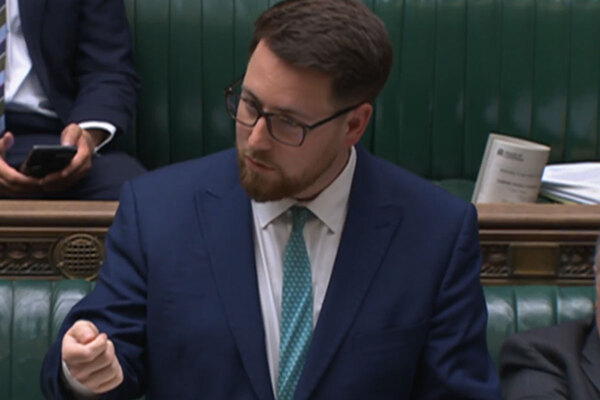You are viewing 1 of your 1 free articles
Review of the year 2016
In our last issue of 2016, Inside Housing looks back at the year’s social housing headlines
Video:
Features code
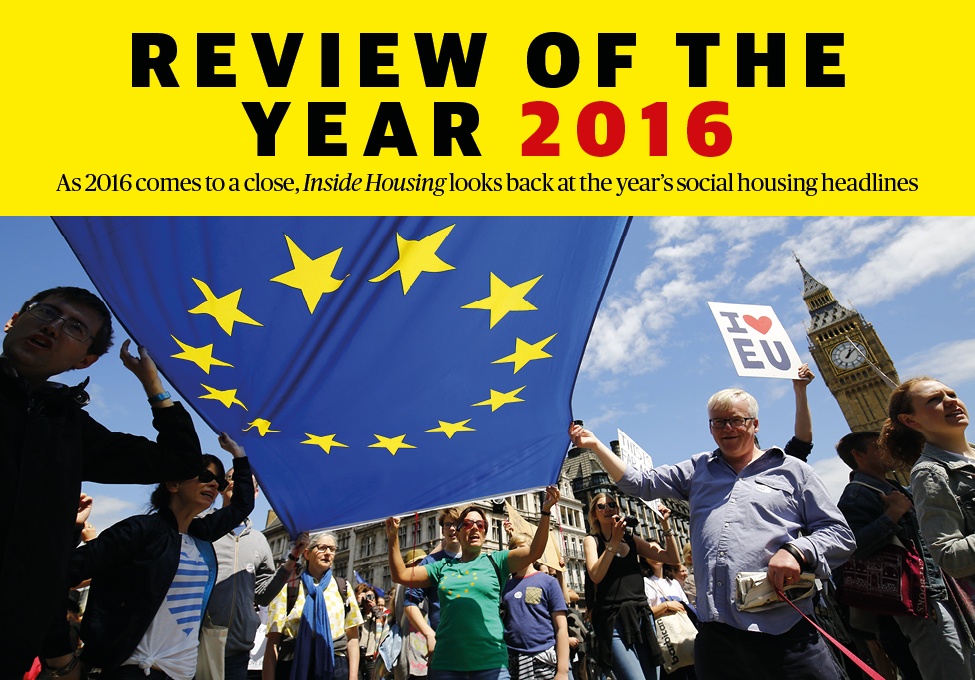
Source: Rex Features
If 2015 was the year everything changed for social housing, 2016 was when we started seeing the effects. The seismic shocks of the previous year, including the Right to Buy extension and social housing rent cut, were not repeated, but the sector still spent much of the past 12 months adapting to a new reality.
In some ways, however, 2016 was a year of two halves. The Brexit vote in June was a defining moment for the whole country, and housing was hardly immune from the aftershocks.
A change in the occupants of Downing Street - if not technically of government - and a new mayor of London look like they are ushering in a subtle shift in policy when it comes to housing.
It may be early days, but the extension of the Affordable Homes Programme, unveiled in the Autumn Statement, and the subsequent announcement of a £3bn grant programme in London, suggest that Theresa May and Sadiq Khan may understand the urgent need to fund all tenures, not just ownership.
The sector’s problems have not gone away, but there may just be grounds for some optimism, too. Here, Inside Housing’s team of award-winning writers looks back at another dramatic year.
Video:
Ad slot
Brexit
The vote to leave the European Union may have been one of the biggest economic and political shocks in living memory for the UK, but just like everyone else, the housing sector is still unclear on what the real impact will be.
While Labour has said that Brexit could see 18,000 fewer affordable homes built in the next four years, the truth is all bets are off when it comes to guessing what will happen to the market. Indeed, some in social housing predict that a fall in demand for homeownership could be a boon for the sector.
What we do know is that the referendum started a chain of events that has resulted in a new prime minister, a new chancellor and a new housing minister. And that represents an opportunity for the sector to make its case anew.
Cathy at 50
Martin Hilditch, deputy editor
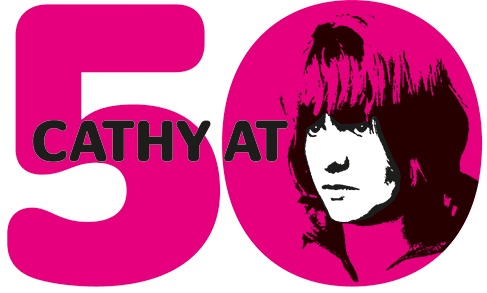
Inside Housing celebrated the 50th anniversary of the screening of Cathy Come Home with a week of activity, features and exclusive research.
Alongside these stories from the frontline of the fight against homelessness, we launched a campaign calling for fresh government action to tackle a problem that is not going away.
“The campaign came at an important moment, amid rises in rough sleeping and homelessness, and told the stories of modern-day Cathys, including families living on caravan sites and one homeless mother facing having her children taken into care. It shed new light on individuals and families bearing the brunt of the housing crisis.”
Rising Stars winner

The calibre of entries for Inside Housing and the Chartered Institute of Housing’s annual Rising Stars competition always provides a reason to feel optimistic about the sector’s future.
This year Alice Smith, a neighbourhood housing officer for Spectrum Housing, took the prize. She beat strong competition from the other finalists: Evie Copland, a member of the communications team at Dumfries & Galloway Housing Partnership, Tom Forty, business and improvement manager at Orbit Group, and Chris Irons, gas production team leader at Hyde.
The Housing and Planning Act
Sophie Barnes, senior reporter
The Housing and Planning Act dominated the thoughts of the sector through the first half of the year, with proposals bouncing back and forth between the Commons and the Lords.
Indeed, the government suffered a total of eight defeats in the upper chamber before the act was passed, with one of the biggest changes being the introduction of a taper for the controversial Pay to Stay measure.
“Now that the post-Brexit government seems to be rowing back on the most controversial aspects of the act, it’s easy to forget the anxiety it induced at the beginning of the year. Can we expect a similar policy upheaval by the end of next year?”
The biggest builders
Emma Maier, editor
Inside Housing’s survey of the top 50 builders in UK housing exposed the stark reality of the supply crisis facing the sector. Overall, the top 50 completed 20% fewer homes in 2015/16 than in the previous year. In part, the drop-off may have been predictable, with the year marking the end of the coalition government’s grant programme.
However, the forensic analysis of who is building what also revealed a telling shift away from new affordable and social rent homes and towards market sale and private rent products.
“The 2016 development survey exposed some truths about the direction in which the sector is heading and revealed the extent of the challenge confronting housing associations, volume house builders and the government when it comes to the housing crisis.”
Art editor Sonny Dhamu chooses his favourite covers of 2016

Full-bleed (or full-page) covers offer more scope for design. A toolbox that is also a spaceship - need I say more?
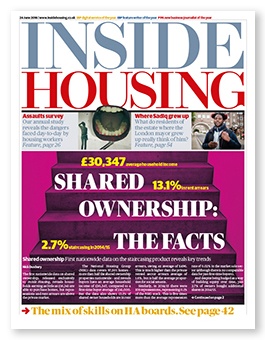
The Housing 2016 issue needed impact. I felt my playful approach with the headline and data did just that.
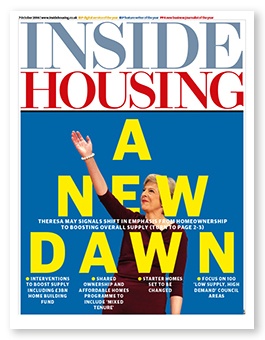
My favourite of the year. The typography is the most experimental I’ve ever attempted and it worked.
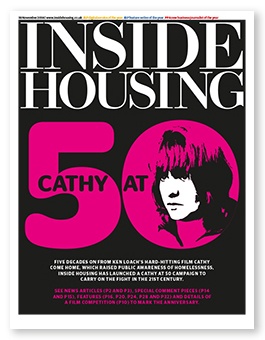
This Cathy at 50 cover is bright, bold and thought-provoking. A fantastic way to kick off our campaign.
The housing factory
Pete Apps, news editor
The term ‘game-changer’ is possibly overused when it comes to housing. But in February, the news that institutional investor L&G was to open a £500m offsite housebuilding factory near Leeds could prove to justify the hype. The facility will be able to pump out 3,000 houses or 4,500 flats per year at a hugely reduced cost. Inside Housing led the way with its coverage of the story, breaking the news ahead of rivals in the trade and national press.
“The L&G factory really has the potential to have a deep impact on the housing crisis. Will it succeed? Only time will tell.”
Merger madness
Carl Brown, assistant editor, digital and strategy
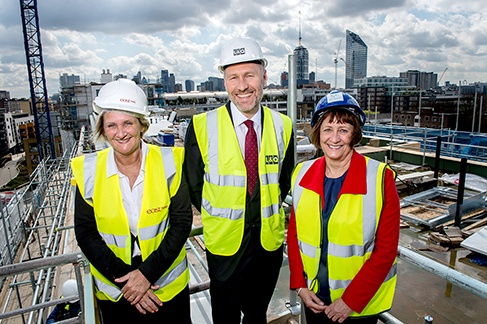
Many housing associations will remember 2016 as the year of the mega-merger. But for every one that went well, there appeared to be another that floundered. In a matter of weeks, three of the biggest tie-ups - those between Sanctuary and Housing & Care 21, Genesis and Thames Valley, and the tripartite Hyde, East Thames and L&Q deal (see picture above) - were scrapped.
East Thames and L&Q pressed on with a smaller merger regardless, while December saw Affinity Sutton and Circle create the UK’s largest landlord: 127,000-home Clarion. Yet the events of the year showed that while mergers may be attractive on paper, they aren’t always easy to pull off.
“2016 will be memorable for the trio of mega-mergers that collapsed in a chaotic six-week period, as well as for other ambitious merger plans still on track.”
Outside England: 2016’s top stories

Northern Ireland
A Stormont review of rent policy, following England’s 1% social housing rent cut, prompted the Northern Ireland Housing Executive (NIHE) to freeze rents for a year in February. NIHE is thought to have asked the Department for Social Development to approve a rent increase for 2016/17, but the request was rejected by social development minister Lord Morrow.
It later emerged that the majority of Northern Ireland housing associations were ready to defy the call to freeze rents.
Scotland
This year marked a watershed in social housing in Scotland as the Right to Buy ended, following a two-year notice period. There was a rush of Right to Buy applications ahead of the July deadline, but Mary Taylor, chief executive of the Scottish Federation of Housing Associations, hailed the end of the policy.
June also brought the news that the Scottish Government had beaten its five-year affordable homes target by more than 10%. Figures showed that between 2011/12 and 2015/16, 33,490 affordable homes were built, including 22,523 for social rent.
Wales
The long-running saga of Tai Cantref ended in August when it got the green light for its merger with Wales & West. Tai Cantref had been dogged by controversy since a 2015 Welsh Government inquiry found evidence of mismanagement, leading to former chief executive Lynne Sacale being placed on leave.
The proposed merger proved controversial, with local opposition questioning the choice of 9,500-home Wales & West as a partner. More than two-thirds of Tai Cantref shareholders ratified the tie-up in August, paving the way for it to go ahead, despite politicians calling for a fresh inquiry into the deal.

